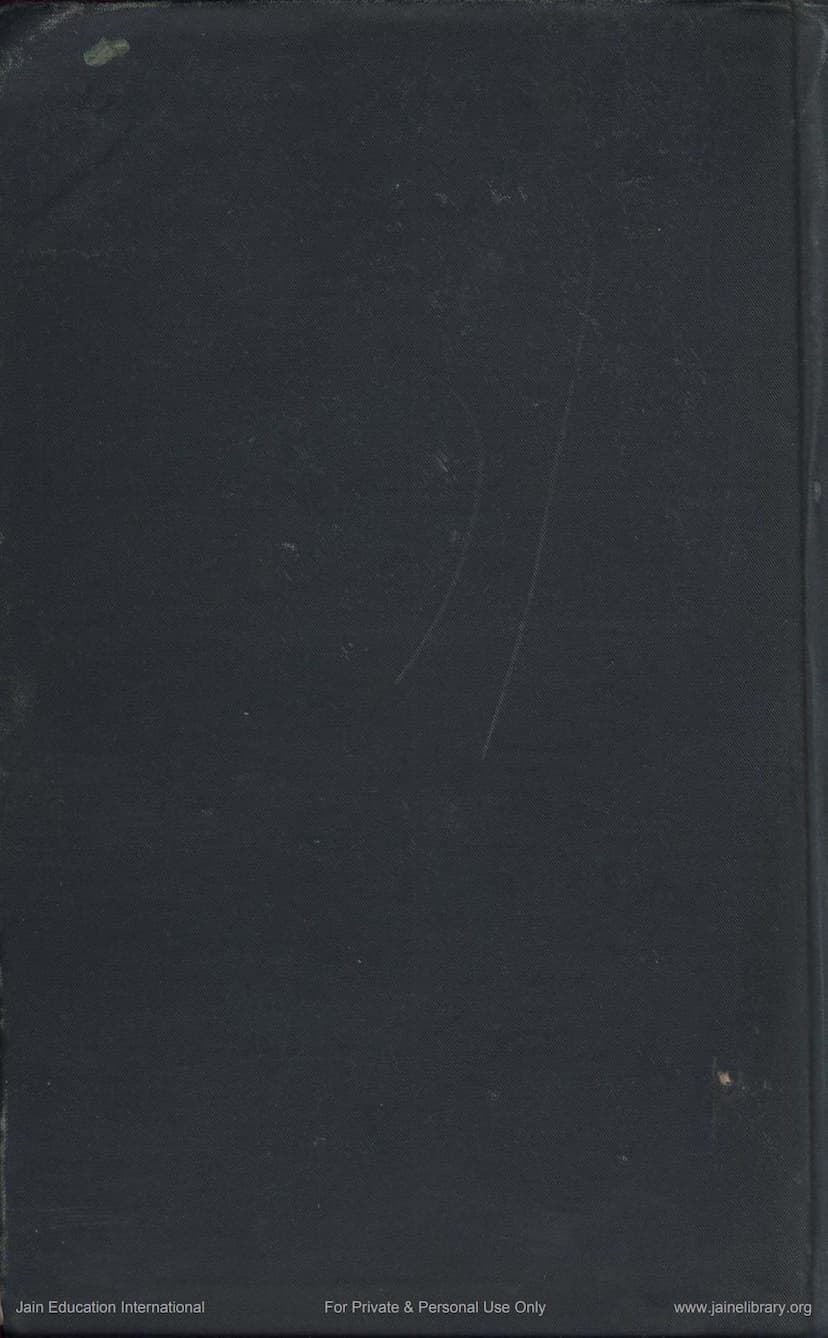Shadbhashachandrika
Added to library: September 2, 2025

Summary
The book "Shadbhashachandrika" (षड्भाषाचन्द्रिका) by Kamlashankar Pranshankar, published by Rajkiya Granthamaladhikar Mumbai in Saka 1837 (1916 AD), is a comprehensive grammar of Prakrit languages. It was researched and compiled with English introductions and notes by Kamlashankar Pranshankar, son of Pranashankar, who held honorary titles such as Rao Bahadur and had served as Chief Officer in the Teacher's Training College in Rajnagar.
Key aspects and content of the book, based on the provided text, include:
- Title and Author: Shadbhashachandrika (षड्भाषाचन्द्रिका), authored by Lakshmidhara (श्रीमल्लक्ष्मीधरप्रणीता) and researched, edited, and compiled by Kamlashankar Pranshankar.
- Publisher and Year: Rajkiya Granthamaladhikar Mumbai, published in Saka 1837 (1916 AD).
- Scope: The book is a grammar of Prakrit languages, specifically focusing on six dialects:
- Maharashtri or Prakrita
- Sauraseni
- Magadhi
- Paisachi
- Chulika Paisachi
- Apabhrams'a
- Content: The book meticulously details the grammar of these six dialects, including:
- Mangalacharan (मङ्गलाचरणम्): Invocation or benedictory verses.
- Kavi Vamsha Kirtan (कविवंशकीर्तनम्): Geneology or praise of poets.
- Bhasha Vibhag (भाषाविभागः): Classification of languages.
- Bhasha Viniyog (भाषाविनियोगः): Application or usage of languages.
- Shastrodpghata Prakriya (शास्त्रोपोद्घातप्रक्रिया): Introduction to the science or treatise, outlining foundational principles.
- Samjna Avatara (संज्ञावतारः): Introduction to grammatical terms.
- Prakrita Prakriya Vibhag (प्राकृतप्रक्रियाविभागः): Detailed grammatical procedures of Prakrit, covering:
- Sandhi Prakarana (सन्धिप्रकरणम्): Rules of euphonic combination.
- Subanta Vibhag (सुबन्तविभागः): Declension of nouns and pronouns. This section is extensive, covering various noun classes based on their endings (अ, आ, इ, ई, उ, ऊ, ऋ, ऐ, ओ, औ, and consonant-ending words).
- Tinganta Prakriya (तिङन्तप्रक्रिया): Conjugation of verbs. This section details different verb forms, tenses (Lat, Lut, Long, Liṭ), moods, and their variations across dialects.
- Bhava Karma Prakriya (भावकर्मप्रक्रिया): Rules pertaining to the passive and impersonal voice.
- Nirnaya of Rupa (रूपनिर्णयः): Determination of grammatical forms.
- Shuraseni Bhasha Prakriya (शौरसेनीभाषाप्रक्रिया): Grammar of the Shauraseni dialect.
- Magadhi Bhasha Prakriya (मागधीभाषाप्रक्रिया): Grammar of the Magadhi dialect.
- Paishachi Bhasha Prakriya (पैशाचीभाषाप्रक्रिया): Grammar of the Paisachi dialect.
- Chulika Paisachi Bhasha Prakriya (चूलिकापैशाचीभाषाप्रक्रिया): Grammar of the Chulika Paisachi dialect.
- Apabhrams'a Bhasha Prakriya (अपभ्रंशभाषाप्रक्रिया): Grammar of the Apabhrams'a dialect, which is also extensively covered, detailing its noun and verb conjugations and special rules.
- Avyayani (अव्ययानि): Indeclinables or adverbs.
- Taddhitadesha (तद्धितादेशाः): Derived suffixes and their changes.
- Vibhaktyartha (विभक्त्यर्थाः): Senses or usages of grammatical cases.
- Nipata (निपाताः): Particles and their grammatical treatment.
- Specific Dialectal Grammars: Detailed sections on Shauraseni, Magadhi, Paisachi, Chulika Paisachi, and Apabhrams'a, outlining their unique grammatical features, including changes in sounds, declensions, and conjugations.
- Manuscripts Used: The critical notice mentions that the edition is based on several manuscripts, including copies from the Government Oriental Mss. Library (Madras and Mysore), Tanjore Palace Library, and a printed edition from Mysore.
- Attribution of Sutras: The text ascribes the grammatical Sūtras to Valmiki, the author of the Ramayana, though the editor's introduction discusses the debate around the authorship of these Sūtras, suggesting a possibility that they might not be by the Ramayana's Valmiki but another sage of the same name.
- Commentaries and Influences: The author, Lakshmidhara, states that his work is based on Trivikrama's commentary and also consulted works by Hemachandra and Bhāmaha.
- Purpose: The book aims to provide an exhaustive treatment of Prakrit grammar, similar in scope to Hemachandra's work, offering a larger number of declensional and conjugational forms and including "Desya" words.
- Appendices: The text includes several appendices providing valuable supplementary information, such as Sūtras in alphabetical order, a list of Prakrit words with their Sanskrit equivalents, and paradigms of forms.
In essence, the "Shadbhashachandrika" is a scholarly work that systematically presents the grammar of six distinct Prakrit dialects, making it a significant resource for the study of historical linguistics and Prakrit literature.